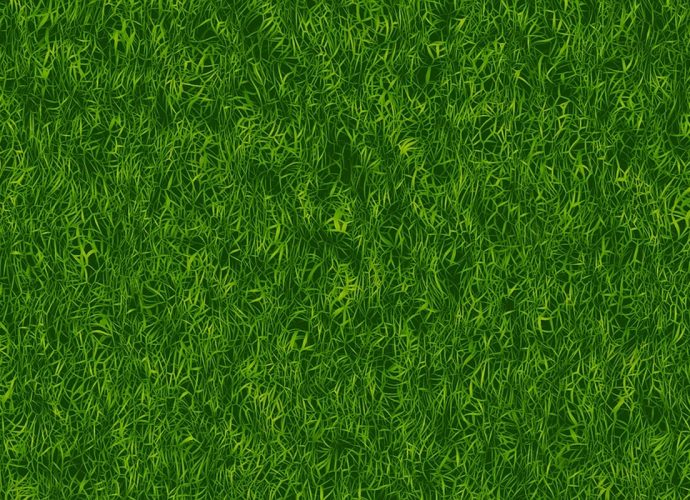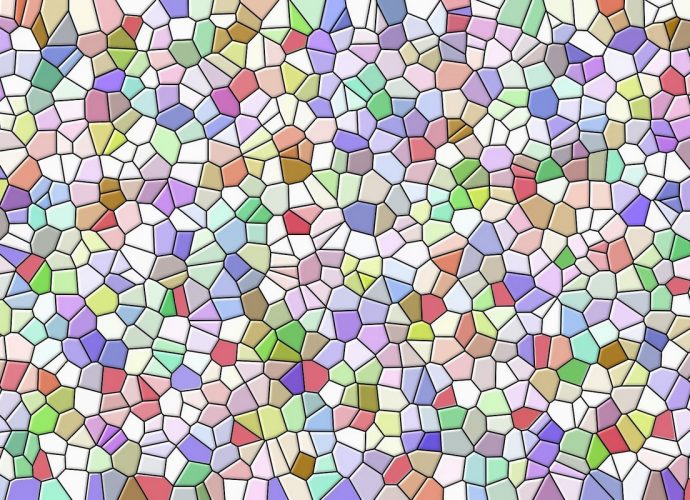What Is Produced In The Stomach?
These glands make digestive enzymes, hydrochloric acid, mucus and bicarbonate. Gastric juice is made up of digestive enzymes, hydrochloric acid and other substances that are important for absorbing nutrients – about 3 to 4 liters of gastric juice are produced per day. How is stomach acid formed? Gastric acid secretionRead More →









